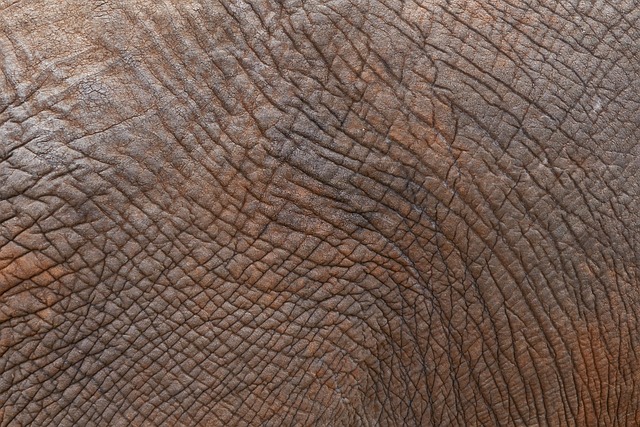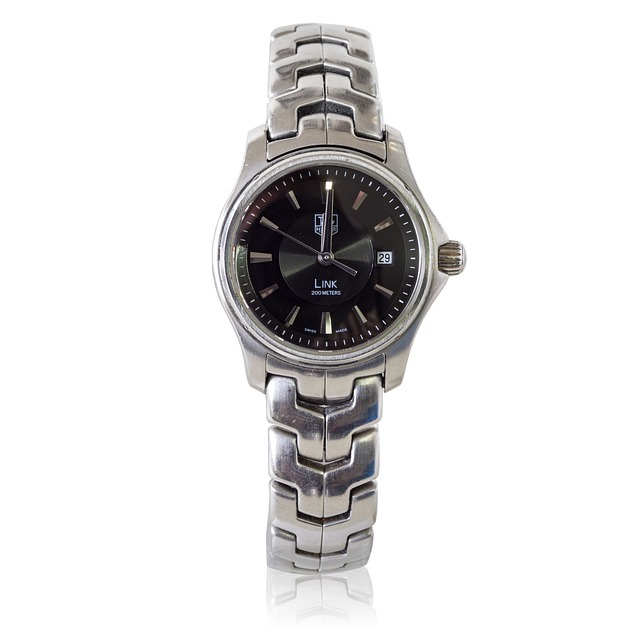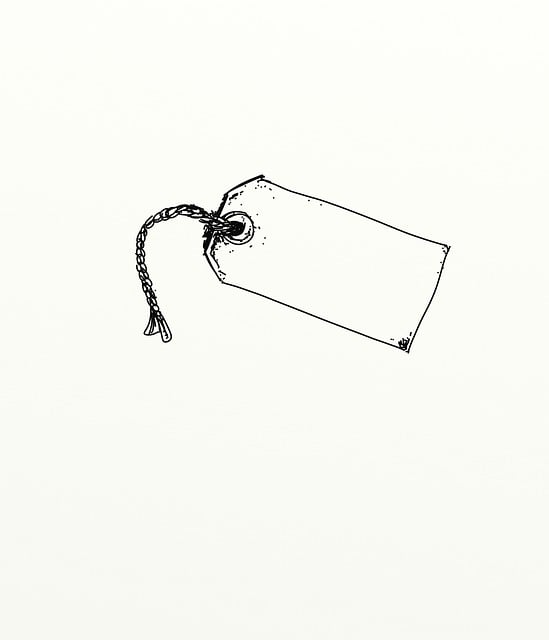Bradford Tag Removal is a safe and effective method for addressing skin tags, which are small benign growths on the skin. This approach includes applying acetic acid from vinegar to the skin tag, which induces dehydration and leads to the tag's natural removal. It's a less invasive alternative to surgical methods and can be cost-effective when done at home. The process involves saturating a cotton pad with pure apple cider vinegar and securing it over the skin tag for 10 to 15 minutes, once or twice daily. Safety is paramount; always perform a patch test first to check for allergic reactions, and consult with healthcare professionals before starting treatment to ensure proper application and prevent potential complications. Post-removal care includes keeping the area clean and dry, managing any discomfort with cold compresses, and watching for signs of infection. Always seek medical attention if you notice anything abnormal during the healing process. Protecting the treated area from sunlight is also important to avoid pigmentation changes or additional discomfort. Remember that while Bradford Tag Removal can be performed at home, professional guidance is essential for optimal results and safety.
Skin tags, often harmless yet sometimes bothersome protrusions, can be effectively managed with a natural remedy like vinegar. This article delves into the process of removing these growths, known as bradford tag removal, through the application of vinegar. We’ll explore the nature of skin tags, the science behind vinegar’s efficacy, and a detailed guide for safe and effective home treatment. Additionally, we’ll provide post-removal care tips to ensure optimal healing. Whether you’re considering bradford tag removal for cosmetic reasons or due to discomfort, understanding the process is key. Join us as we unravel the simple steps to say goodbye to skin tags naturally.
- Understanding Skin Tags: What Are They and Why Consider Removal?
- The Science Behind Vinegar as a Skin Tag Remedy: How Does It Work?
- Step-by-Step Guide to Using Vinegar for Bradford Tag Removal at Home
- Post-Removal Care: Ensuring Safe and Effective Healing after Bradford Tag Removal with Vinegar
Understanding Skin Tags: What Are They and Why Consider Removal?

Skin tags, also known as acrochordons, are small, benign skin growths that hang off the surface of the skin by a stalk. They are common, harmless, and can appear anywhere on the body but are most frequently found in areas with folds or creases, such as the underarms, groin, under the breasts, and around the neck and armpits. While they are generally painless and noncancerous, their presence can be a cosmetic concern for some individuals. This is where Bradford Tag Removal comes into play, offering effective solutions for those seeking to remove these growths. The decision to remove skin tags may stem from various reasons, including personal aesthetic preferences, discomfort during activities like sports or shaving, or concerns about potential skin irritation or infection due to their location on the body.
Several methods are available for skin tag removal, with Bradford Tag Removal likely providing a range of safe and efficient options. Vinegar, specifically acetic acid vinegar, is one such method that can be used at home or under medical supervision. The process involves soaking a cotton ball in the vinegar and applying it to the base of the skin tag with a bandage held in place. Over time, the vinegar causes the skin tag to darken and fall off as it dehydrates. This method is less invasive than surgical removal and can be a cost-effective alternative. However, it’s important for individuals to follow proper procedures to avoid complications. Bradford Tag Removal may offer guidance on this process, ensuring that it is done correctly and safely. It’s always recommended to consult with a healthcare professional before attempting any form of home removal to ensure the safety and effectiveness of the treatment.
The Science Behind Vinegar as a Skin Tag Remedy: How Does It Work?

Acetic acid, a key component of vinegar, plays a pivotal role in the process of removing skin tags through a natural remedy known as Bradford Tag Removal. This method leverages the keratolytic properties of acetic acid to break down the proteins that compose skin tags, which are essentially benign growths of tissue. When applied topically, vinegar with a concentration of acetic acid begins to dehydrate the skin tag by causing its cells to shrink and die due to cellular dehydration. This process is gradual but effective, as the skin tag eventually falls off naturally or can be carefully removed after complete dehydration.
The efficacy of vinegar in skin tag removal is scientifically grounded in its ability to induce coagulation necrosis, a process where the blood supply to the skin tag is cut off. This is due to the acidity of the vinegar, which causes the cells to react by tightening and dying. It’s important to apply this solution with precision to avoid damaging surrounding healthy tissue. The procedure should be followed with caution and patience, as consistent application over time is necessary for optimal results. Safety precautions include diluting the vinegar with water to achieve a suitable concentration and testing on a small area of skin first to ensure no adverse reactions occur.
Step-by-Step Guide to Using Vinegar for Bradford Tag Removal at Home

Removing skin tags, often referred to as acrochordons, can be achieved at home using apple cider vinegar, a natural and affordable remedy. The process of Bradford tag removal with vinegar involves careful application and patience. To begin, ensure you have pure, organic, and unfiltered apple cider vinegar on hand, as it contains natural acids that help in softening and eventually removing the skin tag. With clean hands, saturate a small cotton ball or pad with the vinegar, avoiding any nearby healthy skin to prevent irritation. Apply the soaked cotton directly onto the skin tag and secure it in place with a bandage or medical tape to keep it steady. Leave the vinegar on the skin tag for 10 to 15 minutes for each application, and do this once or twice daily. Over time, you should notice the skin tag starting to darken and shrink as the vinegar causes it to dry out. This process may take several weeks, so consistency is key. Should you experience any discomfort or adverse reaction during the treatment, cease immediately and consult a healthcare professional. It’s also advisable to perform a patch test on your skin before starting the full treatment to ensure no allergic reaction occurs. Upon successful removal, the area will heal naturally, but keep an eye out for any signs of infection and proceed with caution if it occurs. Remember to maintain good hygiene throughout the process by using clean application materials each time and washing your hands before and after application. Bradford tag removal with vinegar can be a safe and effective option when performed correctly, but always exercise care and consider consulting a medical professional for personalized advice tailored to your specific condition.
Post-Removal Care: Ensuring Safe and Effective Healing after Bradford Tag Removal with Vinegar

After successfully removing a Bradford tag with vinegar, post-removal care is crucial to ensure safe and effective healing. The area where the tag was removed should be kept clean and dry to prevent infection. Gently wash the site with soap and water once or twice daily, and pat it dry with a clean towel. Avoid soaking the wound in water as this can delay the healing process and increase the risk of infection.
In the initial days following removal, a crust may form over the site; this is part of the natural healing process. Do not pick at or remove this crust, as it helps protect the new skin underneath. If discomfort occurs, apply a cool compress to the area to alleviate swelling and pain. It’s advisable to monitor the wound for signs of infection, such as increased redness, swelling, warmth, pus, or severe pain. Should any of these symptoms appear, consult a healthcare provider immediately. Throughout the healing process, avoid exposure to direct sunlight on the affected area, as it may darken and cause further discomfort. Protecting the area with a bandage or clothing can also help maintain a consistent healing environment. If you experience any unusual symptoms or have concerns about your skin’s healing process, seek medical advice promptly to address any potential complications.
remedies for skin tag removal often involve medical procedures; however, a natural alternative exists for those seeking a less invasive option. This article has explored the nature of skin tags, specifically Bradford tags, and delved into the science behind vinegar as an effective home treatment for their removal. By following a careful step-by-step process and adhering to post-removal care guidelines, individuals can safely manage this common skin concern. It’s clear that with the right approach, vinegar not only offers a viable alternative but also provides a simple solution for Bradford tag removal at home. Prospective removers should proceed with caution, following the advice outlined here to achieve optimal results and maintain skin health post-treatment.
